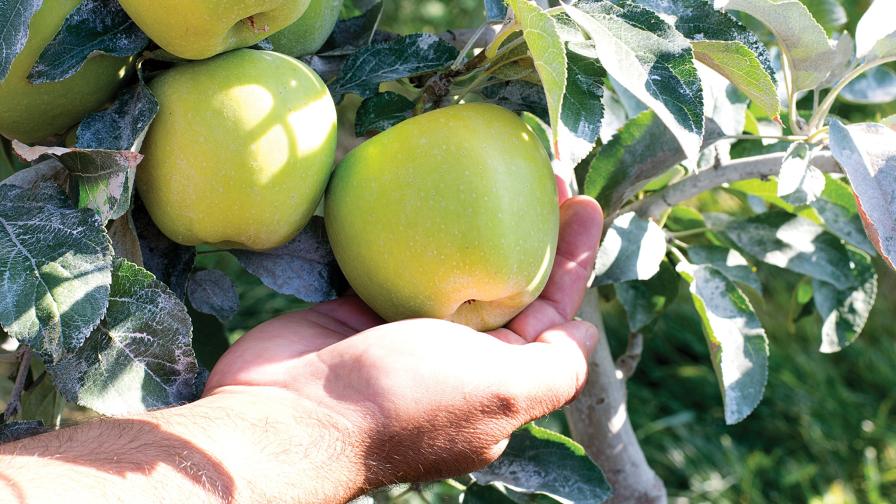New Videos Offer Tips on Planting Pollinator Habitats
A new video series produced by the Integrated Crop Pollination Project will guide growers through the process of establishing new flowering habitats for bees, from selecting and preparing a good site to seeding and maintaining a successful, diverse, weed-free stand of wildflowers.
The first video in the series, “Pollinator Habitat 101,” provides background information on bee habitat requirements and highlights different options for integrating flowering plants on farms, including field border plantings, riparian buffers, filter strips, and flowering cover crops.
The second video in the series, “Five Steps to Success for Establishing Perennial Wildflower Plantings for Pollinators,” goes into more detail on the step-by-step process for establishing a bloom-rich, long-lived perennial wildflower strip or meadow. The video emphasizes the need for careful weed eradication before and after seeding to control highly competitive weed species and allow the native wildflower seeds to germinate and persist.
Future videos in this series will include more detailed overviews of different site preparation and seeding techniques. Visit the Integrated Crop Pollination Project’s YouTube page for playlists of videos about bees, pollination, and pollinator habitat. To learn more about planting wildflowers to support crop pollinators and other strategies to support bees and the pollination they provide, visit http://www.projecticp.org.
This research is supported by the USDA-NIFA Specialty Crop Research Initiative Coordinated Agricultural Project.










